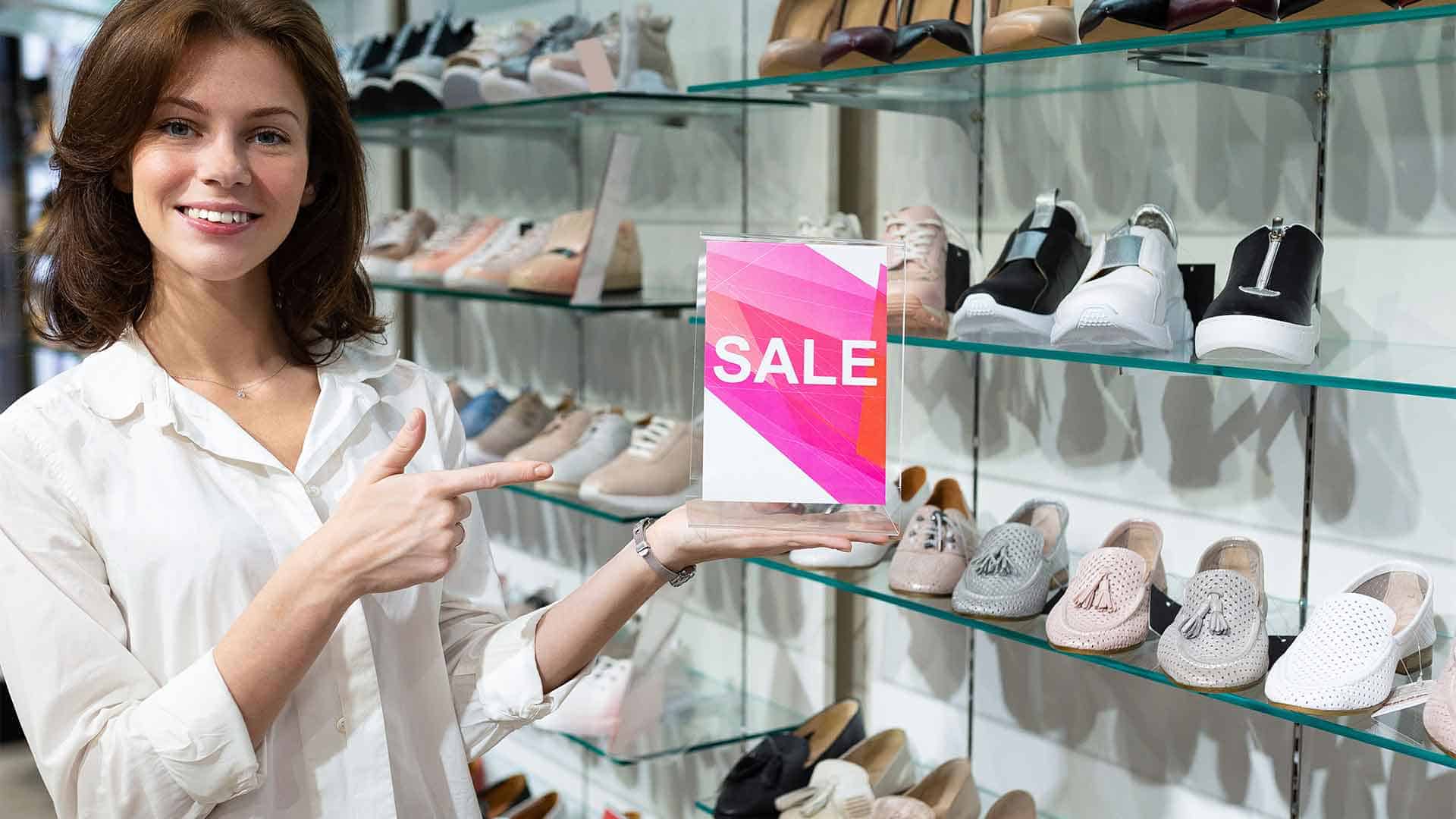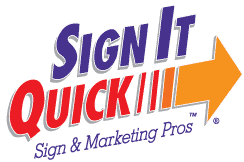Boost Your Business with Effective Retail Store Signs

Retail store signs play a vital role in any business’s success, functioning as one of the most powerful marketing tools to attract customers and enhance brand visibility. From offering information to creating an impression, retail store signs are essential to driving foot traffic and boosting sales. This blog post will dive into four key aspects of retail store signs: their importance, the different types available, how to design effective signs, and best practices for placement and use.
The Importance of Retail Store Signs
Retail store signs are more than just labels for a business; they’re a crucial part of a brand’s identity. Effective signage serves multiple purposes, including guiding customers, promoting products, and communicating your brand’s message. The following points emphasize why retail store signs are a must-have for any brick-and-mortar business:
- Attract Attention: Retail store signs are often the first point of contact between a business and potential customers. A well-designed sign can catch the attention of passersby, pulling them into the store, even if they weren’t initially planning to shop.
- Reinforce Brand Identity: Store signs help reinforce brand recognition. Consistent use of fonts, colors, and logos in your signage solidifies your brand’s image and makes it more memorable for returning customers.
- Improve Customer Experience: Signs provide important information, such as store hours, promotions, or product categories. They help customers navigate the store and find what they’re looking for without frustration.
- Increase Impulse Buys: In-store retail signs placed near the checkout or in high-traffic areas can encourage impulse buys, contributing to increased revenue.
Types of Retail Store Signs
There is a wide variety of retail store signs available, each serving different purposes depending on the business’s needs. Here are some of the most common types:
- Outdoor Storefront Signs: These are the large signs placed outside of your store, typically on the building’s exterior or at the entrance. Outdoor signs often contain the store’s name, logo, and maybe even a tagline. They are critical in attracting new customers.
- Window Graphics and Decals: Window signs can be temporary or permanent and are typically used to advertise sales, new arrivals, or promotions. They are highly visible to people passing by and can entice them to enter the store.
- Directional Signs: These signs guide customers inside the store, pointing them to specific sections or departments. Directional signs improve customer experience and reduce frustration by making it easier to navigate large spaces.
- Point of Purchase (POP) Signs: POP signs are used to highlight certain products, typically at checkout or near displays. These signs are particularly useful for promoting limited-time offers, new arrivals, or seasonal items.
- Digital Signs: With advancements in technology, digital signs have become increasingly popular. They allow businesses to display dynamic content, such as promotional videos, customer testimonials, or even real-time updates on sales and events.
- A-Frame Signs: Commonly seen outside cafes and restaurants, these portable signs are ideal for small businesses looking to catch foot traffic. They can advertise daily specials, offers, or upcoming events.
Designing Effective Retail Store Signs
Design is one of the most critical aspects of creating successful retail store signs. Here are some key elements to keep in mind when designing:
- Readability: The sign’s message should be easy to read at a glance. Choose fonts that are simple, bold, and clear. Avoid overly decorative fonts, as they can be difficult to read from a distance.
- Contrast and Colors: Use high-contrast colors to make your sign stand out. For example, dark lettering on a light background or vice versa ensures that your message is easily readable. Additionally, the colors should align with your brand’s identity for consistency.
- Size and Placement: Consider the size of your sign in relation to its placement. Large outdoor signs need to be visible from a distance, while smaller signs placed inside the store should be positioned where customers are likely to notice them.
- Content: Be concise with your message. Shoppers typically glance at signs for a few seconds, so the wording should be short and to the point. Use phrases like “50% Off” or “New Arrivals” to capture attention quickly.
- Branding Elements: Incorporate your logo, brand colors, and any signature design elements to make the sign instantly recognizable. This consistency across all your signage helps to strengthen brand identity.
- Call to Action (CTA): Include a CTA on your signs, particularly for promotions or sales. Phrases like “Shop Now” or “Limited Time Offer” encourage immediate action from customers.
Best Practices for Sign Placement and Usage
Once your retail store signs are designed, knowing where and how to place them is key to maximizing their effectiveness. Below are some best practices:
- High-Traffic Areas: Place signs in areas where people are most likely to see them, such as near store entrances, checkout counters, or display tables. Signs in these locations can help direct attention to promotions or new products.
- Consistency is Key: Ensure that your signage is consistent across your store, both in design and message. Inconsistent signs can confuse customers and dilute your brand’s impact.
- Keep It Updated: Change your signs regularly to keep them relevant and engaging. If a customer sees the same old sign every time they visit, they’re likely to ignore it. Update signs for seasonal promotions, new products, or special events.
- Test Sign Placement: Don’t hesitate to experiment with different placements to see what works best. You might find that certain signs perform better in unexpected locations.
- Use Multiple Sign Types: A combination of outdoor and indoor signs, window displays, and point-of-purchase signs will ensure that you’re capturing attention at various stages of the customer journey.
Retail store signs are a powerful tool that can drive foot traffic, enhance customer experience, and increase sales when used effectively. By investing in high-quality signage, designing with your target audience in mind, and strategically placing your signs throughout your store, you can significantly impact your business’s bottom line. Request a quote today!
Three Locations to Serve You
Charleston, SC
(843) 552-2626
Columbia, SC
(803) 731-2001
Jacksonville, FL
(904) 724-4321



0 Comments